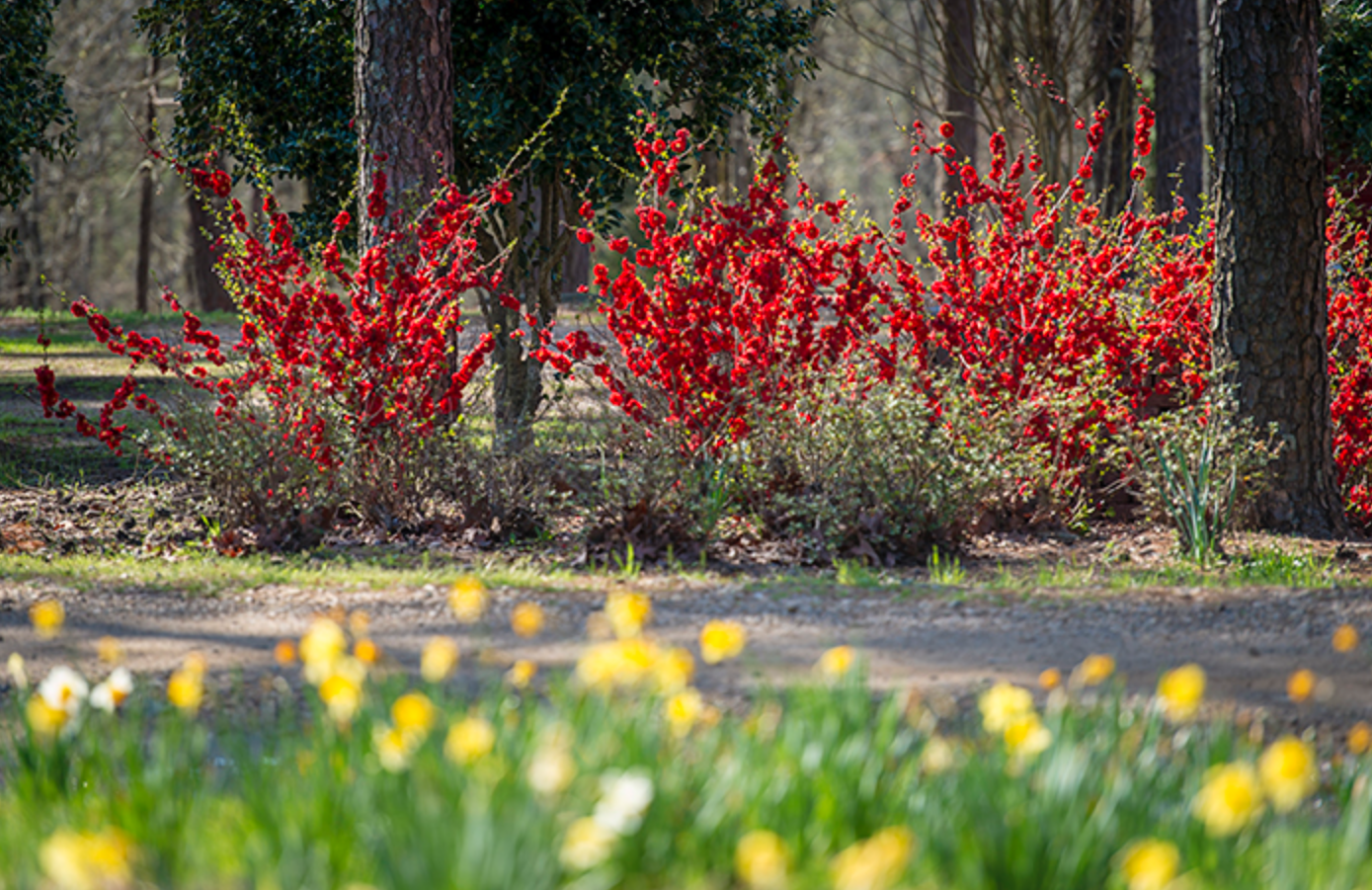As the first buds begin to peek through the soil and temperatures gradually rise, gardeners across the region are dusting off their tools and preparing for the busy season ahead. Spring marks a critical transition period for gardens, where proper preparation can set the stage for months of growth and abundant harvests. Local garden centers report increased foot traffic as eager homeowners seek advice and supplies for jumpstarting their outdoor spaces after winter’s dormancy.
How to Prep
Winter’s retreat reveals gardens in various states of disarray, making a thorough inspection the essential first step in spring preparation. Begin by walking your property with notebook in hand, documenting winter damage such as broken branches, disturbed soil from animal activity, and frost-heaved plants. Pay special attention to perennial beds, looking for signs of life as plants break dormancy, and identify any that didn’t survive the colder months. This assessment becomes your action plan for the season’s initial work.
After identifying problem areas, turn your attention to garden soil—the foundation of plant health. Spring is the optimal time for soil testing, which garden experts recommend performing every 3-5 years. Local extension offices provide affordable testing services that analyze nutrient levels and pH, delivering specific amendment recommendations. While waiting for results, begin feeding your soil with a 1-2 inch layer of compost or well-rotted manure.
This natural amendment improves soil structure, enhances drainage, and introduces beneficial microorganisms that support robust plant growth throughout the growing season.
Garden structures like trellises, fences, and arbors also deserve attention before plants claim them for support. Inspect wooden elements for rot, reinforce wobbly connections, and apply protective sealants as needed. This maintenance not only extends the life of these investments but ensures they’ll safely support vigorous plant growth through summer storms and windy conditions. Consider this hardscaping work an investment in both garden aesthetics and functionality, as resolving these issues now prevents more complex repairs later when plants are actively growing.
Types of Plants
Strategic pruning represents one of spring’s most important yet often misunderstood gardening tasks. The general rule follows blooming patterns—prune summer-flowering shrubs like butterfly bush, smooth hydrangea, and roses in early spring as they bloom on new growth. These plants benefit from a decisive cutback, encouraging vigorous new stems that will support this year’s flowers.
However, resist the urge to prune spring-flowering shrubs like forsythia, lilac, and azalea, which have already formed their flower buds on last year’s growth.
Beyond flowering shrubs, early spring offers the perfect opportunity to shape evergreens once their initial growth flush appears and to remove winter-damaged branches from trees and shrubs throughout the garden. When pruning, always use clean, sharp tools to make precise cuts that heal quickly. Remove crossed branches, thin crowded interiors for better air circulation, and establish good structural form in younger specimens. These pruning practices not only enhance plant appearance but also promote plant health by reducing disease pressure and encouraging robust growth patterns.
The Ideal Season
Early spring presents an ideal window for planting cool-season annuals and installing structural supports before gardens shift into high gear. Container gardens and border edges can immediately gain color with frost-tolerant flowers like pansies, nemesia, and sweet alyssum while the soil continues warming for tender summer varieties.
These early plantings provide crucial nectar for emerging pollinators and bring welcome color after winter’s monochrome landscape. When selecting early-season plants, focus on varieties bred specifically for cool weather performance and place them in protected locations.






